Anemia is regarded as major public health problem among adolescents in Low and Middle-Income Countries (LMICs) but there is limited primary data in many countries, including Nepal. This study investigated the prevalence and correlates of anemia in a nationally representative sample of adolescents within the 2014 National Adolescent Nutrition Survey in Nepal. A total of 3780 adolescents aged 10 to 19 years were selected from a cross-sectional survey through multi-stage cluster sampling. Structured interviews, anthropometric measurements and hemoglobin assessments of capillary blood were obtained. Bivariate and multivariable analyses were undertaken to compute the Adjusted Odds Ratio (aOR) for socio-demographic, behavioral and cluster characteristics. The overall prevalence of anemia was 31% (95%CI: 28.2, 33.5), 38% (95%CI: 34.0, 41.8) in female and 24% (95%CI: 20.6, 27.1) in male. The likelihood of anemia was significantly higher among older adolescents (aOR 1.75, 95%CI: 1.44, 2.13), females (aOR 2.02; 95%CI: 1.57, 2.60), among those who walk barefoot (aOR 1.78, 95%CI: 1.08, 2.94), and those residing in the Terai (aOR 1.80, 95%CI: 1.18, 2.77). Food consumption from more than four food groups (aOR 0.71, 95%CI: 0.57, 0.88) was protective against anemia. In conclusion, anemia is common in Nepali adolescents. Efforts to improve the nutritional status of this high-risk age group require nutrition that focus on eating habits, sanitation, iron supplementation and the treatment of hookworm infection.
Recent Posts
- Navigating Shadows: A Network Analysis of COVID-19’s Influence on Household Food Security in Nepal
- The intergenerational impact of Nepal’s Armed Conflict on Learning Outcomes
- The inter-generational impact of the Female Community Health Volunteers (FCHVs) program in Nepal
- Cultural Practices and Health Vulnerabilities: The Impacts of Menstrual Exile on Domestic Violence against Women in Far-Western Nepal
- Correlates of continuum of maternal health services among Nepalese women: Evidence from Nepal Multiple Indicator Cluster Survey
Recent Comments
No comments to show.
